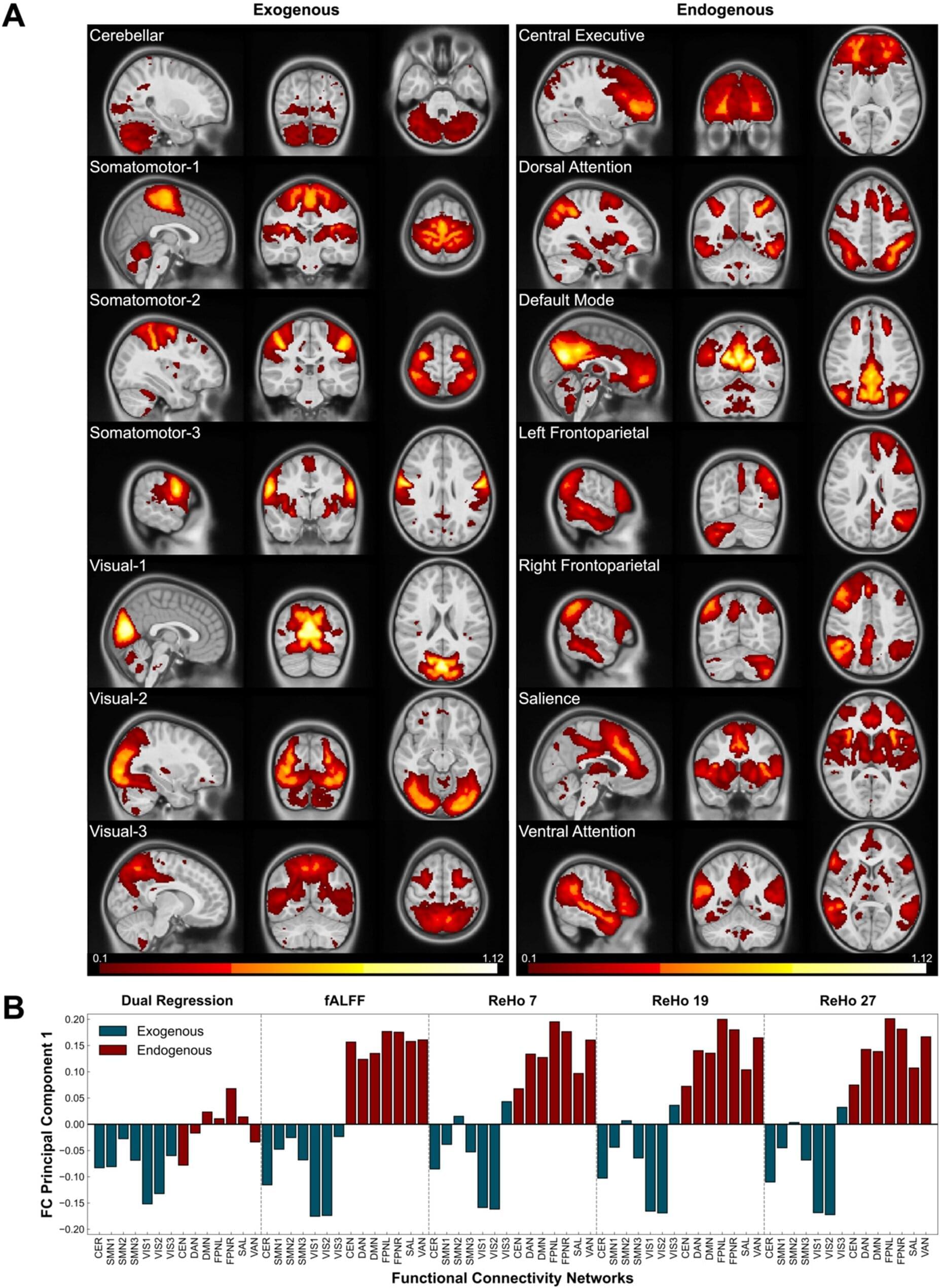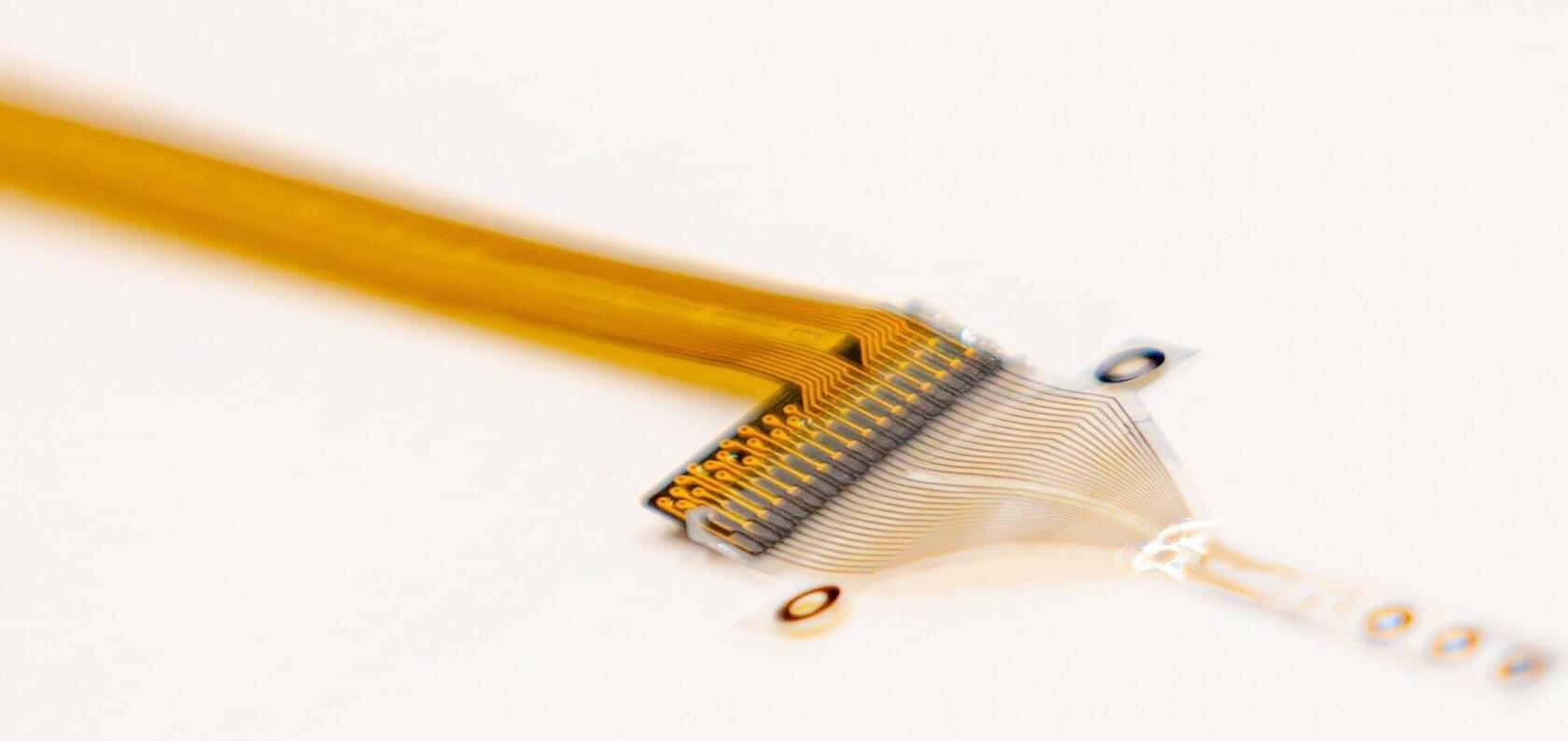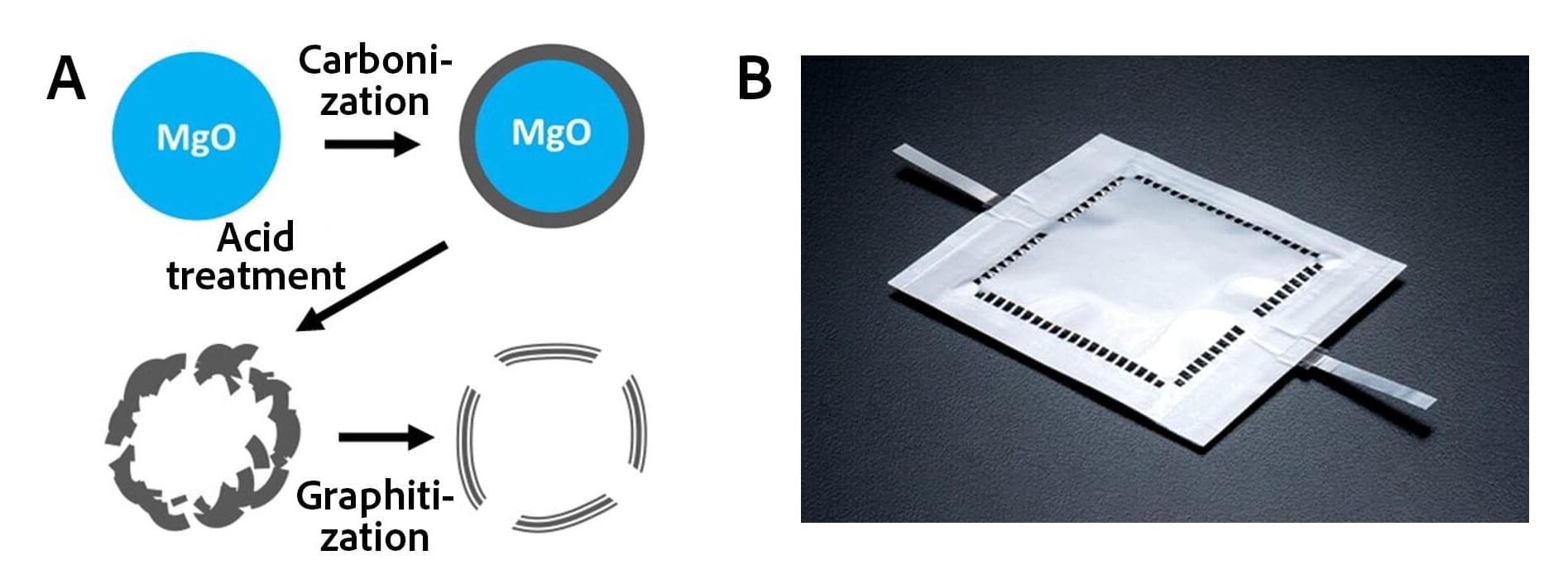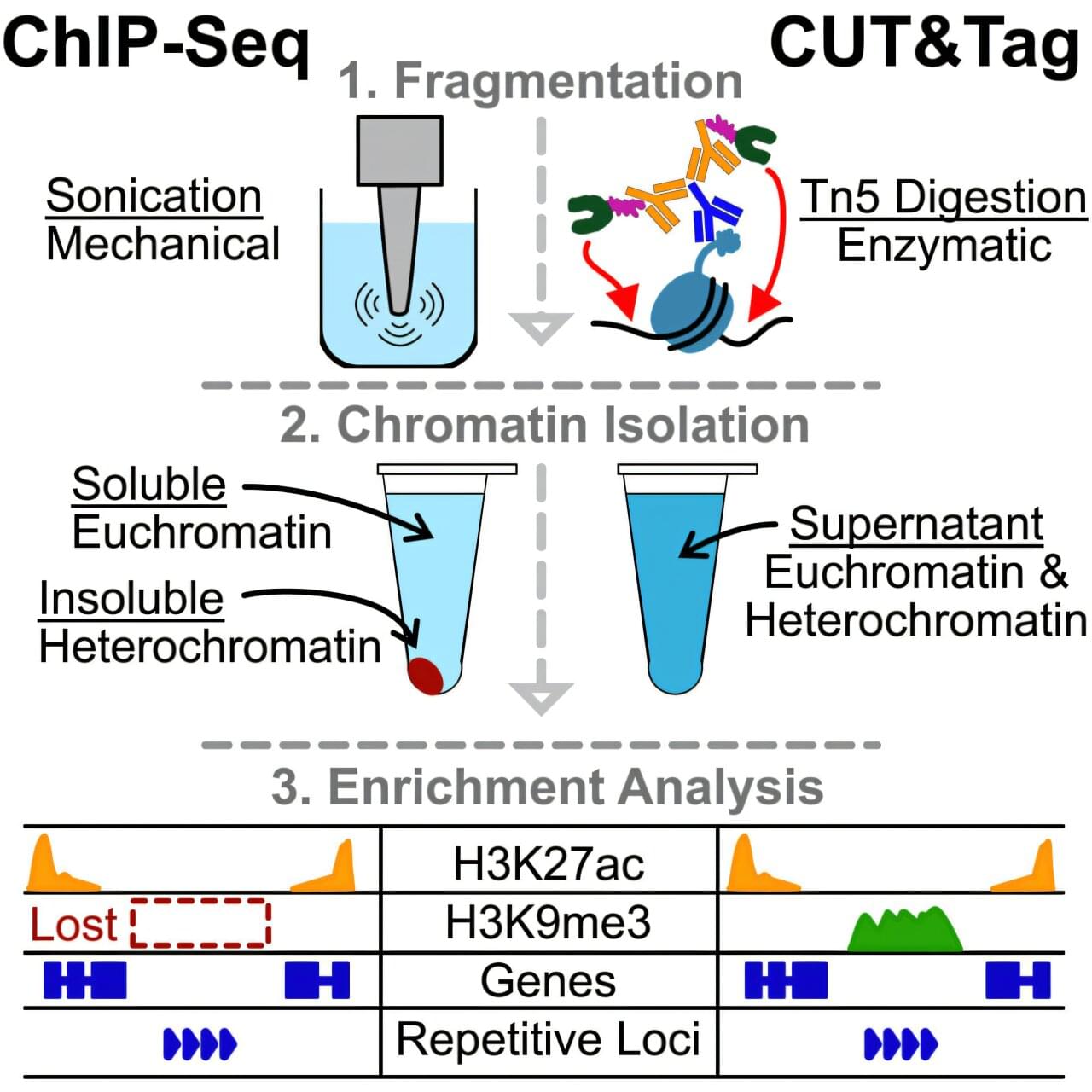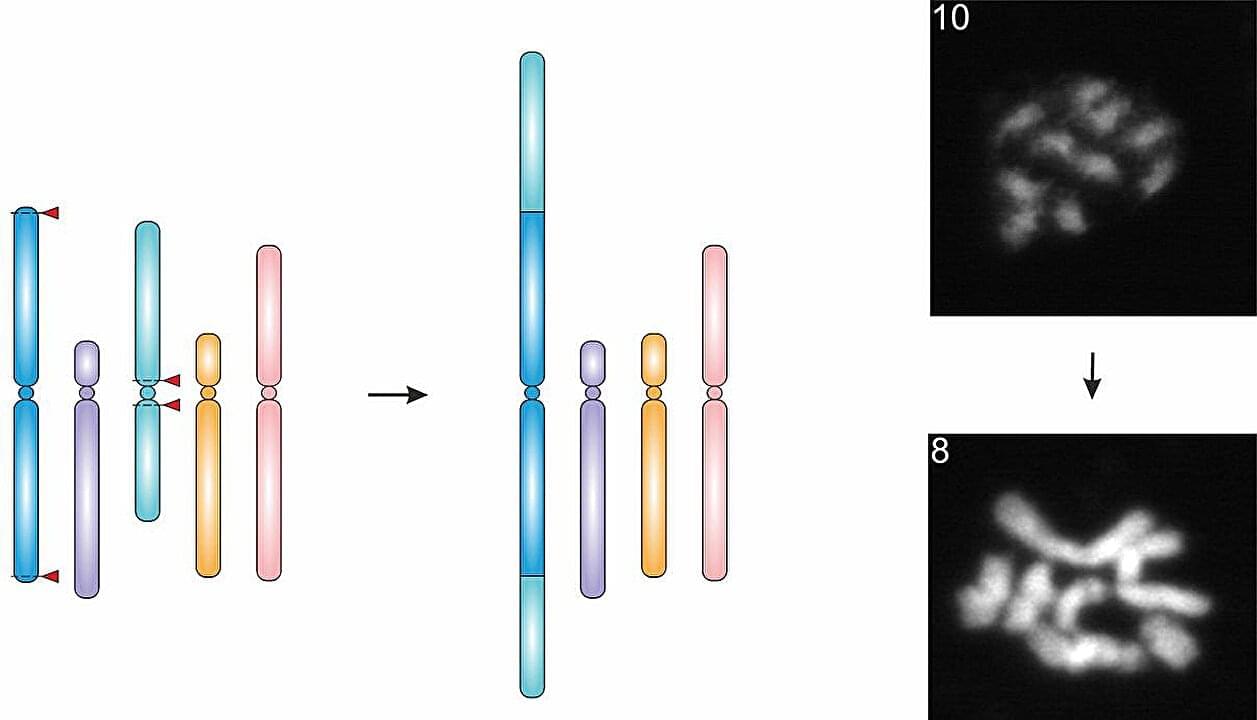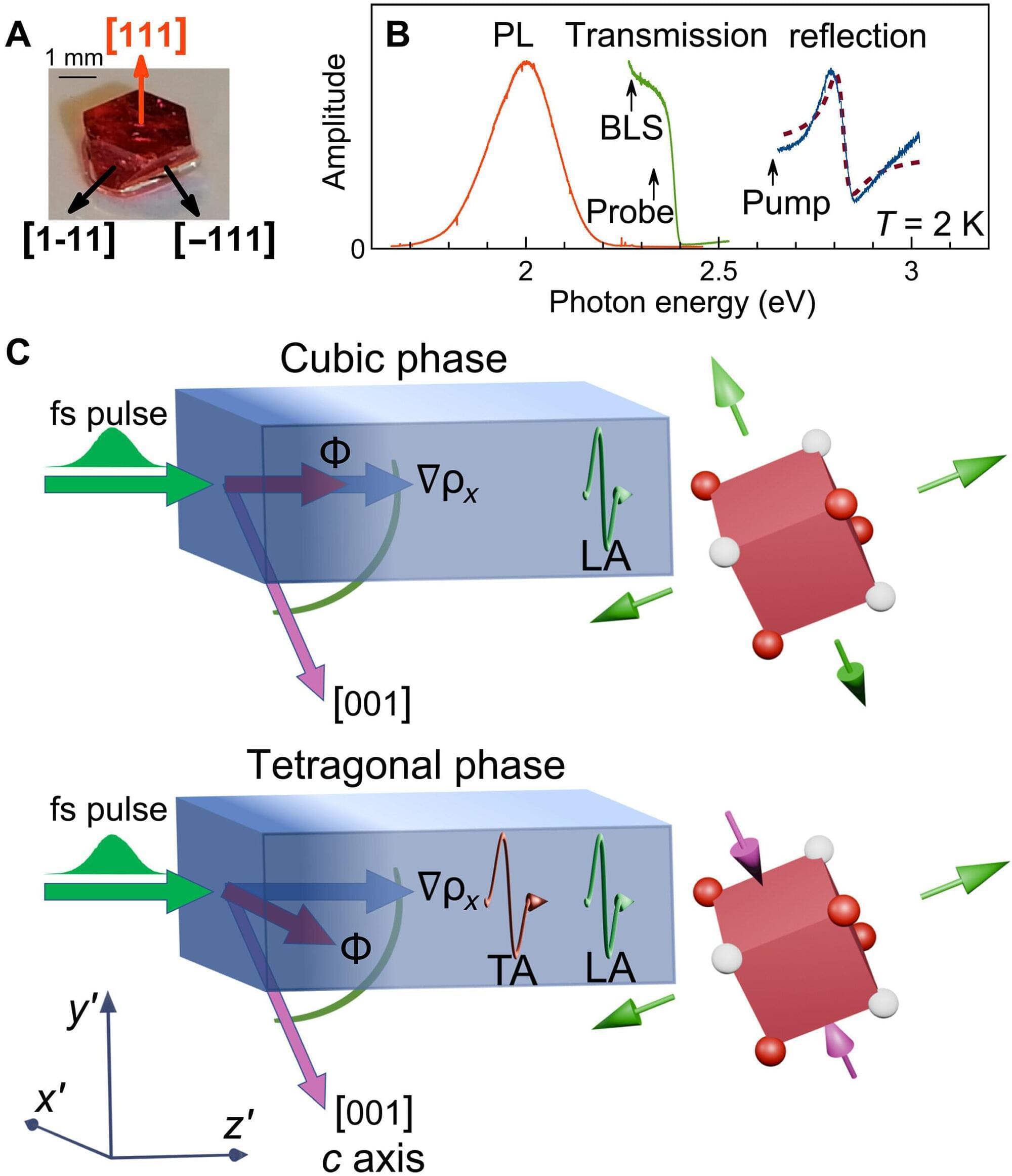In the search for a way to measure different forms of a condition called sensory processing disorder, neuroscientists are using imaging to see how young brains process sensory stimulation.
Now, investigators at UC San Francisco have found a distinctive pattern for overwhelm in some children who are overly sensitive to sound, touch, and visual information. The finding could one day help clinicians refine treatments for kids who have strong emotional and behavioral reactions, such as tantrums, to their sensory environment.
Sensory processing disorder affects how the brain understands and responds to sensory information but still lacks an official medical diagnosis. The study appeared in the Journal of Neurodevelopmental Disorders on Nov. 21, 2025.
